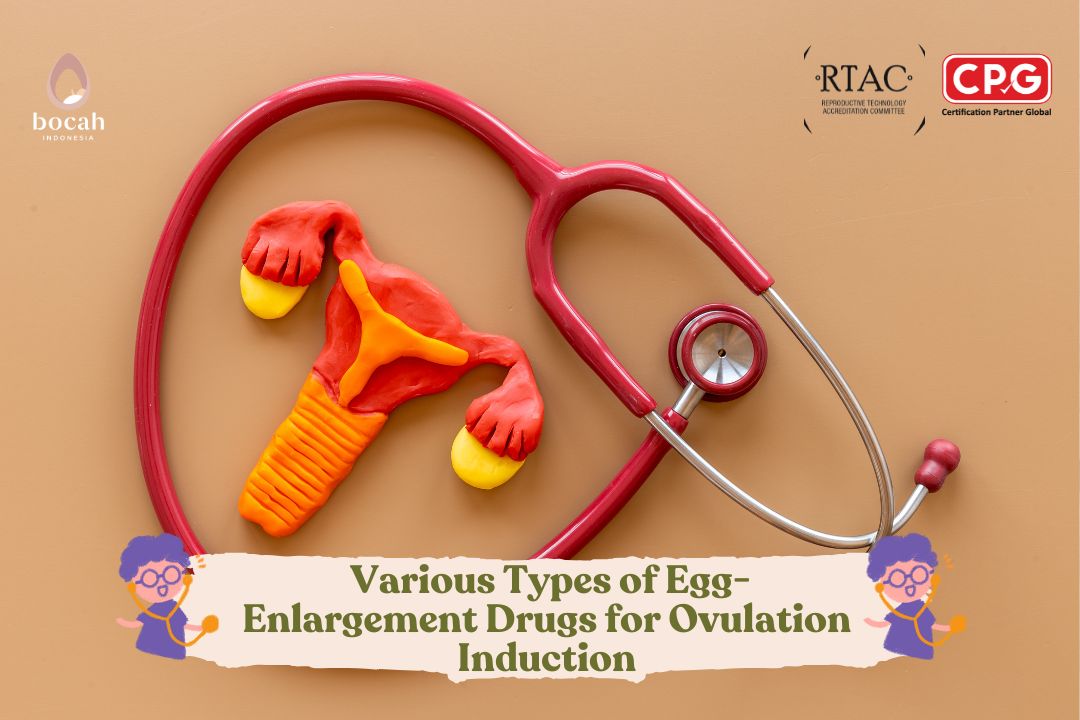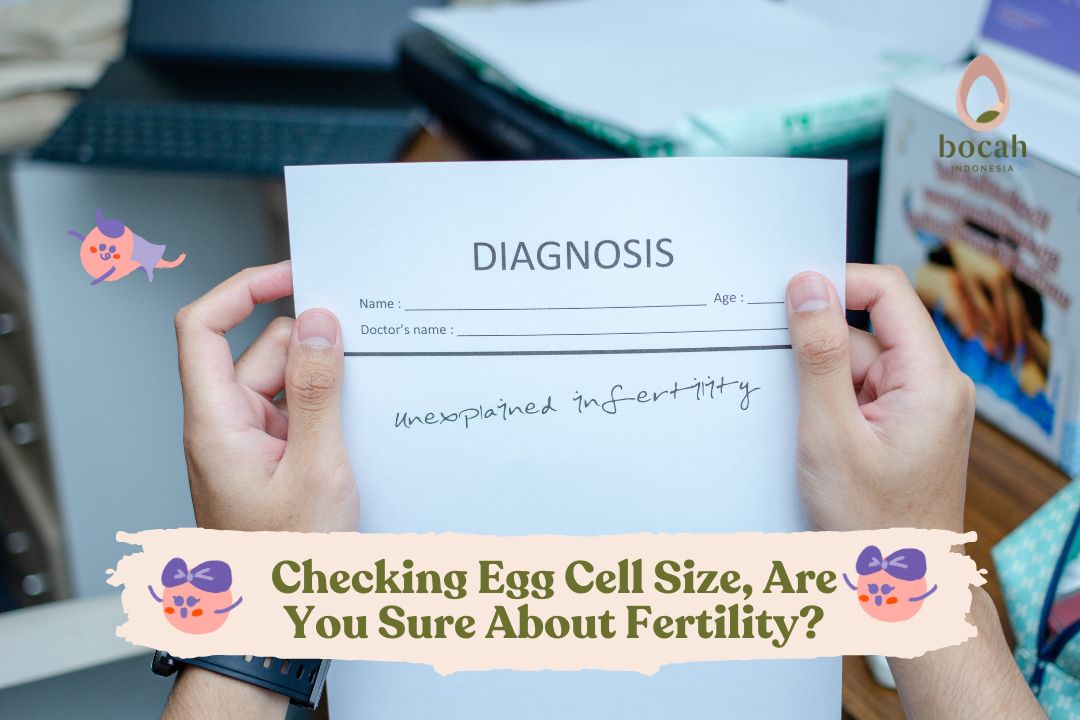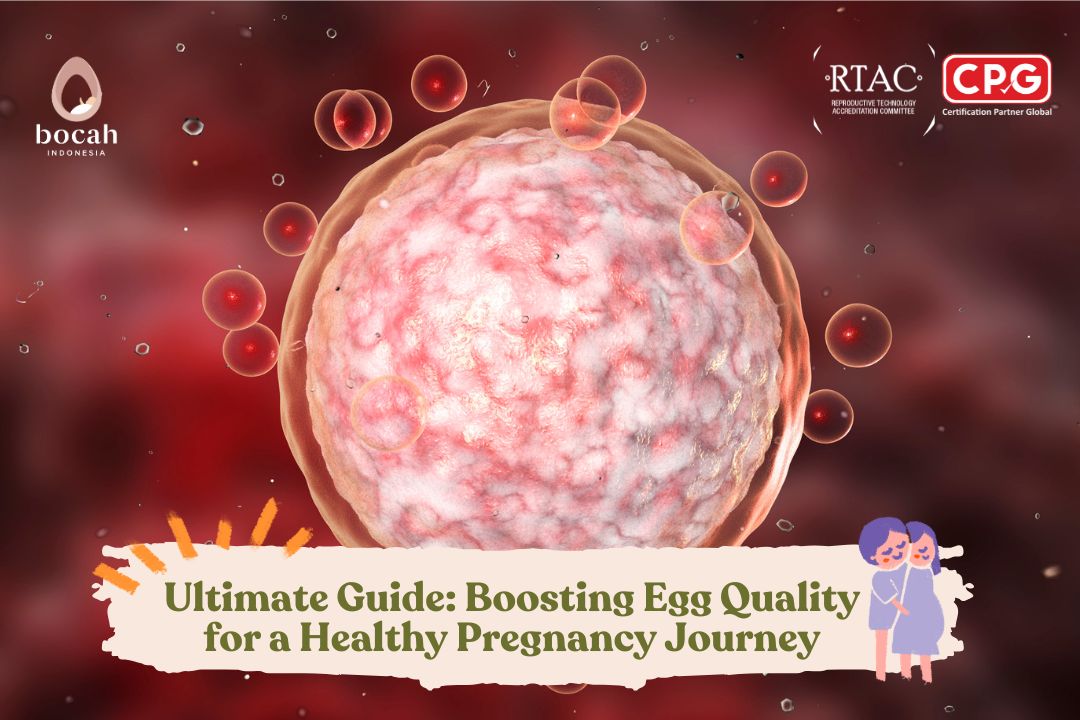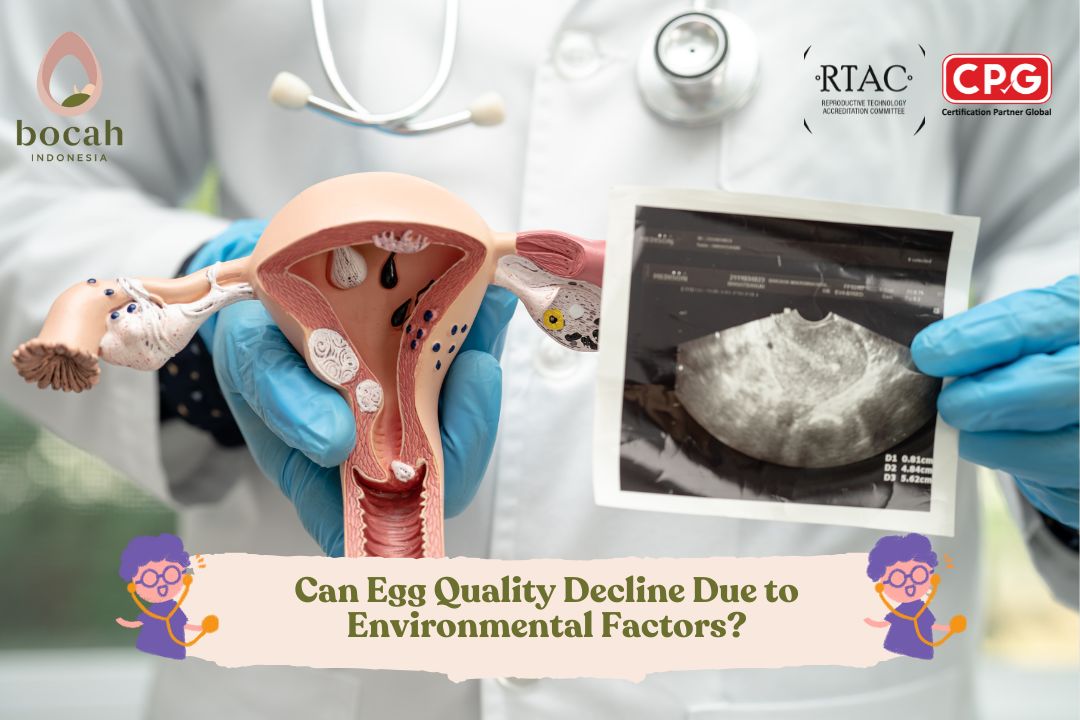Various Types of Egg-Enlargement Drugs for Ovulation Induction

Ovulation disorders are a common cause of female infertility. In fact, about 25 percent of women with infertility have an ovulation disorder. Women who do not ovulate at all or ovulate irregularly will have a hard time conceiving.
Ovulation is the process of a mature egg being released from the ovary. The egg then travels to the fallopian tube, where it meets or is fertilized by sperm. If fertilization occurs, the resulting embryo will travel to the uterus. If implantation occurs, the woman is said to be pregnant. If not, the woman will have her period.
About Ovulation Induction
Ovulation disorders should be suspected if a woman has an irregular menstrual cycle, no menstrual periods at all despite being of reproductive age, and has difficulty conceiving. To correct this, a method called ovulation induction is used.
Ovulation induction uses hormonal therapy to stimulate the development and release of an egg. Initially, the medications used were designed to induce ovulation in women who could not ovulate typically in women with irregular periods. The goal is to produce a single healthy egg and increase the chance of pregnancy, either through sexual intercourse or artificial insemination.
Today, ovulation induction is also used to encourage egg production and increase the number of mature eggs in a single cycle, which will be used in an in vitro fertilization (IVF) program, or when a woman wants to freeze or donate her eggs.
Tanya Mincah tentang Promil?
Types of Egg-Enlargement Drugs in Ovulation Induction
There are two types of drug classes used for ovulation induction:
1. Oral Medications
This is usually the first line of treatment for women who do not ovulate at all or rarely. The types of drugs are as follows:
- Clomiphene citrate (Clomid®), taken orally for a short term (5 days), stimulates ovulation by blocking estrogen receptors. This prompts the body to compensate for the lack of estrogen by increasing the production of follicle-stimulating hormone (FSH) and luteinizing hormone (LH), which are vital in the ovulation process. These hormones, in turn, will stimulate the development and maturation of the ovarian follicle that contains the egg. Statistically, this drug causes ovulation in 60-80 percent of women, and about 50 percent of them become pregnant.
- Letrozole (Femara®), an aromatase inhibitor, works similarly to clomiphene. However, this drug lowers estrogen levels by preventing its formation. Studies have found that letrozole is very effective in treating ovulation disorders caused by polycystic ovary syndrome (PCOS).
- Metformin (Glucophage®) is actually an antidiabetic drug that works by increasing the sensitivity of insulin receptors in organ cells. In cases of infertility, this drug is used when there is a suspicion that insulin resistance is the cause, usually in women diagnosed with PCOS. Metformin promotes follicle growth by lowering estrogen and androgen levels. Studies have found that in some women with PCOS, the use of metformin for 4-6 months as the only drug can make the menstrual cycle regular and trigger ovulation.
- Bromocriptine (Parlodel®), a dopamine agonist, is effective in inducing ovulation in women with hyperprolactinemia (excess prolactin hormone). This drug can also be used in women with normal prolactin levels but irregular or infrequent periods, when the use of other drugs such as clomiphene or letrozole has failed. Bromocriptine works by reducing prolactin levels, which can interfere with the ovulation process.
2. Injectable Medications
If oral medications fail to induce ovulation, the next step is the use of injectable gonadotropin drugs. This class of drugs contains FSH or LH, either in a single or combined preparation. Gonadotropins will stimulate the ovaries to produce many eggs in one cycle. The drugs in this group are human menopausal gonadotropin or hMG (Menopur®) and FSH (Follistim®, Bravelle®).
The use of these drugs requires close monitoring through routine ultrasonography (USG) and blood tests. If the examination results show that the dominant follicle has reached a diameter of at least 16-18 millimeters, the woman will receive a human chorionic gonadotropin (Ovidrel®, Infertreat®) injection to trigger ovulation. This drug will immediately mature and release the egg within 24-48 hours (an average of 36 hours) after injection. The couple will then be asked to have sexual intercourse or perform artificial insemination to achieve pregnancy.
Best Candidates for Ovulation Induction
Before performing ovulation induction, a doctor will first diagnose the cause of the ovulation disorder. The treatment chosen, of course, depends on the cause. In general, ovulation induction is a good option for:
- Women with PCOS. Letrozole or metformin can help control weight, facial and body hair growth, and high blood pressure, all of which are common symptoms of PCOS.
- Women with inadequate FSH or LH production.
- Women with eating disorders, thyroid disorders, or obesity, all of which can affect the reproductive hormones involved in the ovulation process.
In most cases of ovulation disorders, a single course of oral treatment with clomiphene citrate or letrozole is sufficient to trigger ovulation and allow the couple to conceive through sexual intercourse or artificial insemination. For women with more difficult cases, ovulation induction can be achieved with injectable drugs as mentioned earlier, or a combination of oral and injectable drugs.
What are the Risks of Ovulation Induction?
Although most women do not experience significant side effects from either oral or injectable drugs, some may experience hot flashes similar to women approaching menopause, mood swings, bloating, breast pain, pelvic discomfort, abdominal pain, or nausea.
One side effect to be aware of when using injectable drugs for ovulation induction is ovarian hyperstimulation syndrome (OHSS). Symptoms of OHSS are categorized as mild, moderate, or severe and often resolve on their own after a few weeks. However, couples are still advised to be aware if this occurs.
Another thing to be aware of is the possibility of multiple births with the use of both types of ovulation induction drugs. The chance of multiple births with oral ovulation induction drugs is between 5-10 percent, and with injectable drugs, it is about 20 percent.
Pregnancy Success Rates with Ovulation Induction
The success rate of ovulation induction depends on the cause of infertility, the woman’s age, and her general health condition. In general, women under 35 years of age have a pregnancy success rate of close to 20-25 percent per cycle, while those over 35 years of age have a success rate of only 5 to 10 percent per cycle.
Natural Drugs to Enlarge Eggs, Do They Have an Effect?
Currently, more and more supplements or natural ingredients are claimed to help enlarge eggs and overcome ovulation disorders. But is that true?
- Folic acid. Folic acid plays a role in the process of folliculogenesis, namely the development of ovarian follicles. Specifically, folic acid supplementation can affect the early stages of follicle development, the concentration of folate and homocysteine in follicular fluid, and the size of the follicle. In some studies, folic acid has been shown to reverse the negative effects of radiation on ovarian follicles by promoting DNA repair.
- Vitamin E. This vitamin is an antioxidant, so it can help protect follicles from oxidative stress that has a negative impact on egg development and quality. Vitamin E supplementation is known to improve egg maturation and embryo quality in certain cases.
- Zinc. In animal studies, zinc supplementation showed promising results in improving follicle development and egg maturation. This substance is known to be important for folliculogenesis, which affects various aspects of follicle development, from the initial stage to egg maturation and ovulation.
- Omega-3 fatty acids (EPA and DHA). These two good fatty acids have been shown to play a positive role in folliculogenesis. Studies have found that these two substances can improve ovarian function and egg quality. Although promising, further studies are needed to fully understand the mechanism of how omega-3 fatty acids affect egg development and to determine the optimal dose and long-term effects.
- Honey. Studies in mice with PCOS found that the antioxidant and anti-inflammatory properties of honey contributed positively to folliculogenesis and overall reproductive health. Although considered safe, its use needs to be careful considering that honey contains sugar, which can worsen the condition of PCOS.
- Dates. Dates do not directly contribute to egg development. What is known is that dates are a high-fiber fruit so they can help control blood sugar and insulin levels. Furthermore, well-controlled blood sugar and insulin can certainly help in the management of PCOS and in turn, improve follicle development.
- Black seed (Habbatussauda). This is another name for the medicinal plant black cumin (Nigella sativa). A systematic review from Indonesia in 2022 stated that Nigella sativa and its constituent, thymoquinone, can reduce the levels of substances that appear in oxidative stress, such as malondialdehyde (MDA), and conversely increase antioxidant enzymes and the number of ovarian follicles. Although these findings suggest that black seed is a good candidate for female infertility, there is not enough evidence to recommend its use as a therapy in infertile women.
Upon closer examination, these natural ingredients are more supplementary and do not have a direct effect on the development and maturation of egg follicles. Although there have been no negative claims against female fertility, it is a good idea to first discuss with a doctor before using them.
Conclusion
Ovulation induction is often one of the first steps to help infertile couples achieve pregnancy. This is one of the most cost-effective and least invasive ways to achieve pregnancy in women with infertility due to ovulation disorders. To optimize success and minimize risk, careful monitoring and a personal approach are needed. Although effective, the success rate varies depending on individual factors and the type of fertility treatment chosen.
Source:
- Amalia A, Hendarto H, Mustika A, Susanti I. Effects of Nigella Sativa on Female Infertility: A Systematic Review. InProceedings of the 6th International Conference on Medical and Health Informatics 2022 May 13 (pp. 234-237).
- American Society of Reprodutive Medicine. Oral medicines for inducing ovulation. URL: https://www.reproductivefacts.org/news-and-publications/fact-sheets-and-infographics/oral-medicines-for-inducing-ovulation/
- Rosner J, Samardzic T, Sarao MS. Physiology, Female Reproduction. [Updated 2021 Oct 9]. In: StatPearls [Internet]. Treasure Island (FL): StatPearls Publishing; 2022 Jan-. URL: https://www.ncbi.nlm.nih.gov/books/NBK537132.
- Ovulation Induction and Intrauterine Insemination > Fact Sheets > Yale Medicine
- Ovulation Induction | Patient Education | UCSF Health





